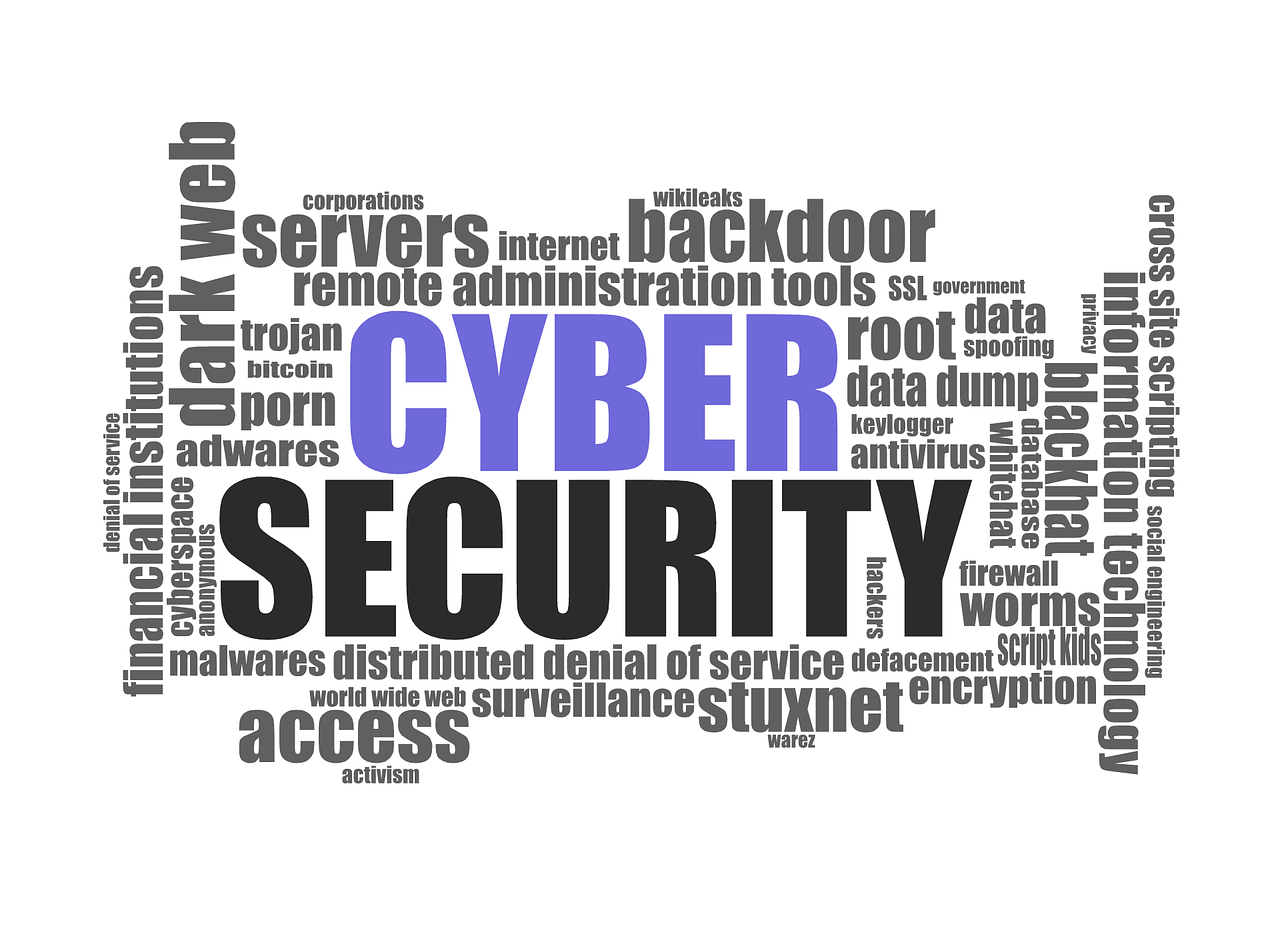![]()
Today, cyber threats have increased in number and sophistication. The constantly evolving cyberattacks demand more active threat detection and coordinated defense. Traditional security processes such as firewalls, endpoint protection, and security information and event management (SIEM) approach are not enough to protect your organization’s networks and systems.
The key to reduce adversaries is to constantly look for threats that can pass your IT security systems. This process is called “Cyber Threat Hunting.” Threat hunting can be defined as proactively searching through your networks and datasets to identify advanced threats before they evade existing security systems. Unlike the usual security approach, threat hunting, which can be done by your managed security services provider, involves using both manual tactics and automated techniques for better inspection of your environment to identify potential attackers or threat indicators.
Why Do Threat Hunt?
According to a report, more than 90 percent of organizations have experienced cyber threats from 2015-2016. The enterprises are still not prepared to fight against advanced cyberattacks. Threat hunting plays a critical role in early detection of adversaries. It helps in faster mitigation and removal of vulnerabilities uncovered during the hunt process. That’s why organizations need to make threat hunting part of their overall security strategy, so that they can eradicate advanced persistent threats before they can cause any damage to their networks, systems, or business reputation.
The Cyber Threat Hunting Loop
Threat hunting is different from threat detection as threat hunters identify potential attackers and threats at the earliest possible phase of a cyber attack. Threat detection, on the other hand, only alerts you of the threat after it has happened.
Hunting is an iterative approach to security and your IT team needs to implement this formal cyber hunting cycle for better results:
• Creating a Hypothesis: Creating an educated guess about some type of malicious activity might be going on in your IT environment.
• Uncovering Malicious Patterns& TTPs: Using advanced tools and techniques, your managed security services provider can uncover new malicious patterns, tactics, techniques, and procedures (TTPs) and indicators of compromise (IoCs).
• Inform & Enrich Analytics: The results of threat hunting trips should be stored and used to enrich automated systems, as well as to form the foundation of future cyber threat hunts.
Tips on How to Proceed with the Threat Hunting Process
• The more data, the better – Threat hunters can pivot individual pieces of data into correlations and links that will reveal the presence of any potential threat.
• Use data science – Your team can use machine learning and analytics tools to pinpoint abnormal behaviors across large data sets.
• Use tailored analytics– Tailored analytics and machine learning can help analysts identify adversaries against a backdrop of network noise.
Early identification of vulnerabilities is critical for every enterprise’s IT security. Cyber threat hunting allows organizations to implement more upstream preventive measures before cyber threats are realized.




